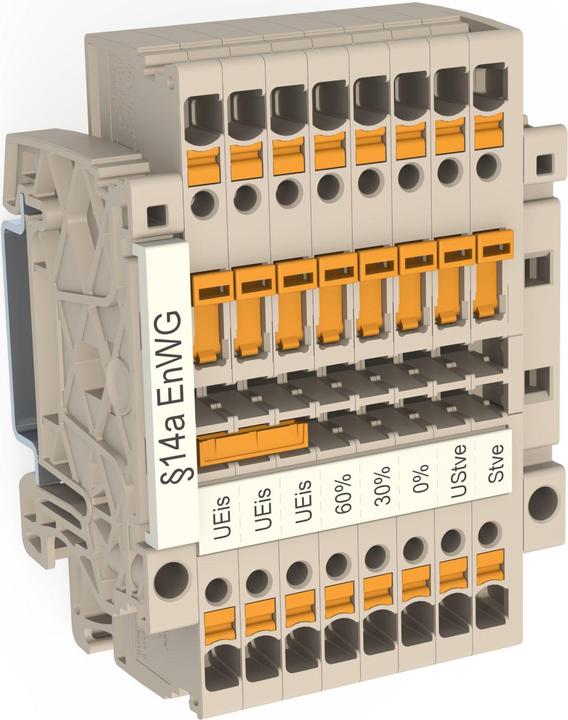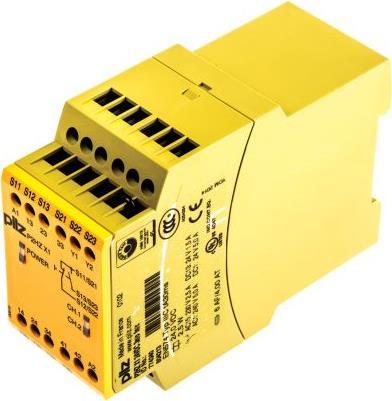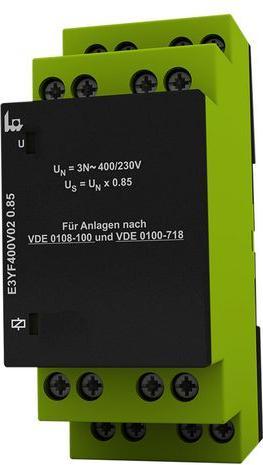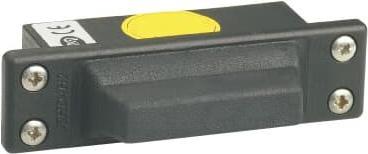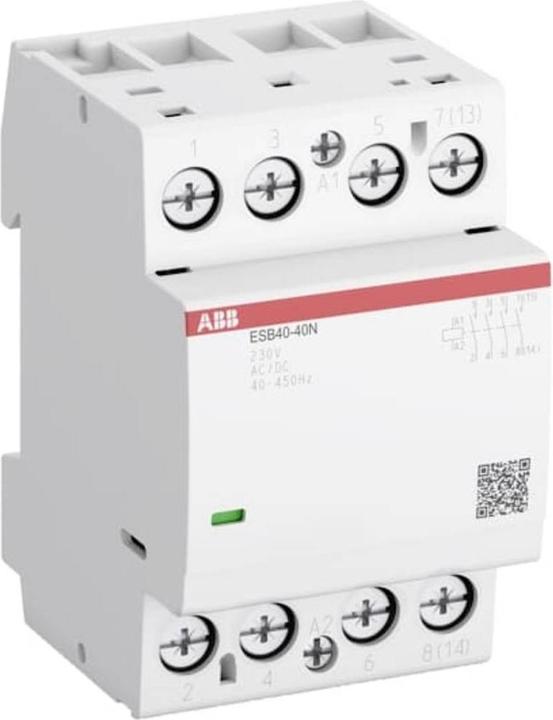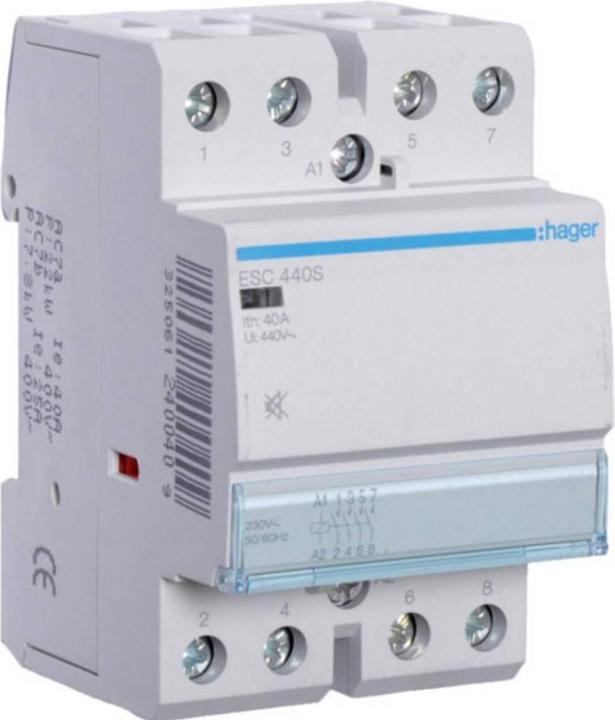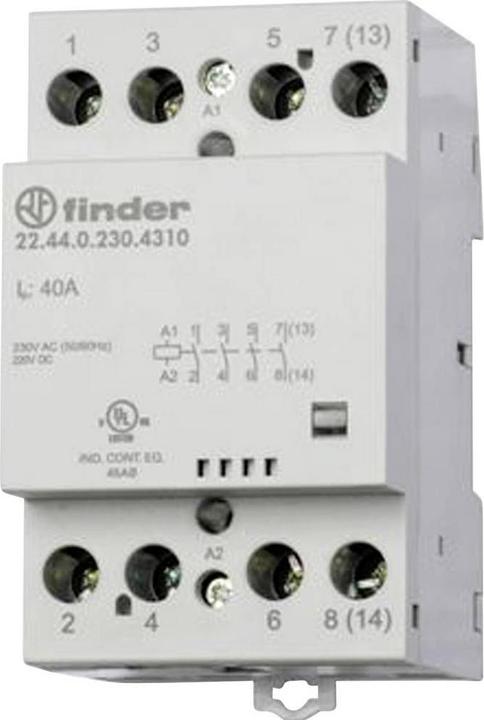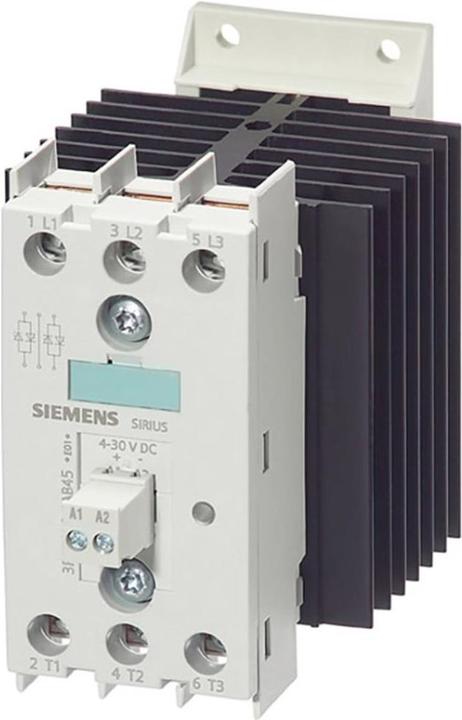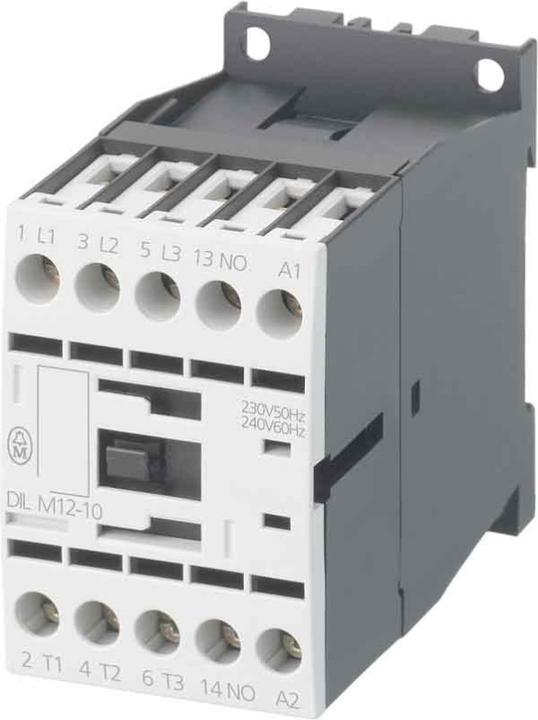
Too Many Relays? Here's How to Find the Right One
Discover five key considerations to guide you in selecting the perfect relay for your needs.
Last updated 4 days ago. Automatically generated content.


Select options and limit the number of products
Relay type determines the specific functionality and use case of the relay, influencing how it interacts with electrical circuits. Choosing the right relay type is crucial for ensuring efficient circuit control and protection, tailored to specific operational needs.
Popular options (you can select more than one)
Switching relay
Typical price
25,– to 140,–Used for switching low-power signals within circuits, offering versatile control options.
Perfect for applications requiring precise control with minimal power consumption, such as home electronics.
Bestseller
Contactor relay
Typical price
43,– to 100,–Combines features of contactors and relays, suitable for both high and low power applications.
Offers flexible solution for controlling diverse electrical systems, enhancing operational efficiency.
Bestseller
Monitoring relay
Typical price
140,– to 360,–Designed to monitor electrical parameters like voltage and current, ensuring system stability.
Recommended for applications needing real-time diagnostics and protection, improving maintenance and reliability.
Bestseller
Output voltage in relays refers to the electrical voltage level that a relay can control or switch, impacting its suitability for different applications. Choosing the right output voltage ensures compatibility with various devices and systems, optimizing performance and ensuring safe operation.
Popular options
Up to 42 V
Typical price
45,– to 220,–Suitable for low-voltage applications, typically used in automotive and small electronic devices.
Ideal for energy-efficient systems, reducing power consumption and enhancing safety in low-power environments.
Bestseller
43 - 250 V
Typical price
43,– to 170,–Commonly used in standard household appliances and industrial equipment, offering versatility across many devices.
Provides reliable performance for medium-power systems, balancing efficiency and operational capacity.
Bestseller
251 - 500 V
Typical price
68,– to 320,–Designed for high-voltage applications, such as heavy machinery and advanced industrial systems.
Ensures robust operation in demanding environments, supporting high-power requirements and enhancing durability.
Bestseller
Electric current output indicates the maximum current a relay can handle, crucial for ensuring compatibility with the electrical system it controls. Selecting the appropriate current rating is essential for safe and efficient operation, preventing overloads or failures in various applications.
Popular options
Up to 25 A
Typical price
43,– to 130,–Supports low-current applications such as small motors and lighting systems.
Ideal for household and light commercial uses, ensuring reliable performance without overloading.
Bestseller
41 - 115 A
Typical price
170,– to 520,–Accommodates high-current demands for heavy machinery and equipment.
Best suited for heavy-duty industrial settings, providing dependable control and protection for large-scale operations.
Bestseller
Output current type refers to the nature of the electrical current that a relay can handle, either alternating current (AC), direct current (DC), or both. Choosing the correct output current type ensures compatibility with the connected devices and optimal relay performance.
Popular options (you can select more than one)
AC
Handles alternating current, which changes direction periodically.
Suitable for applications requiring reliable operation with standard electrical power sources, such as household appliances.
Bestseller
DC
Manages direct current, which flows in one direction steadily.
Best for applications like battery-powered devices, where consistent and reliable power delivery is crucial.
Bestseller
Selecting the right relay brand is crucial as it influences reliability and performance. Brands like Siemens, Hager, and Finder offer diverse options tailored to different applications, ensuring you find the best fit for your needs.
Popular brands (you can select more than one)
Shelly
Known for smart relays that integrate well with home automation systems.
Perfect for tech-savvy users seeking advanced control and connectivity.
Bestseller
Finder
Specializes in a wide range of relays for various applications.
Great for users needing versatile and adaptable solutions across different sectors.
Bestseller
Siemens
Leads in innovative electrical solutions, including advanced relay technology.
Provides high reliability, making it suitable for critical applications requiring uncompromised quality.
Bestseller
